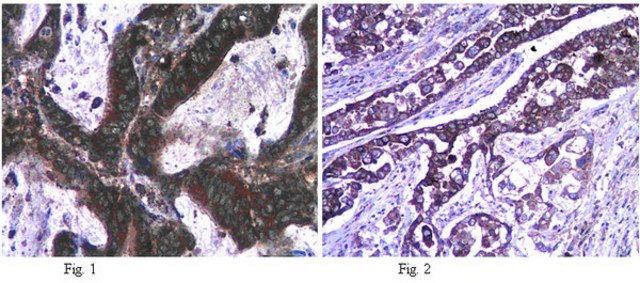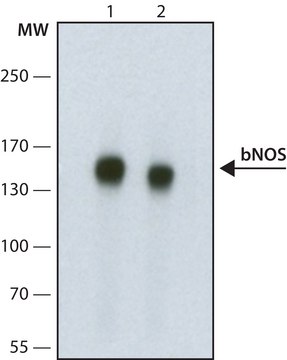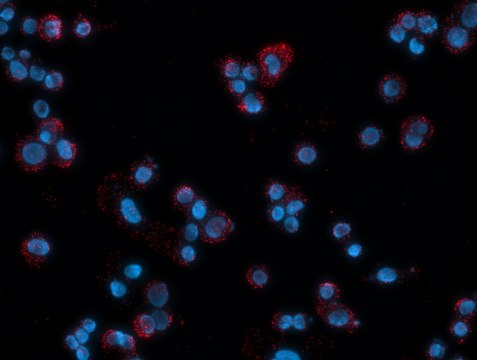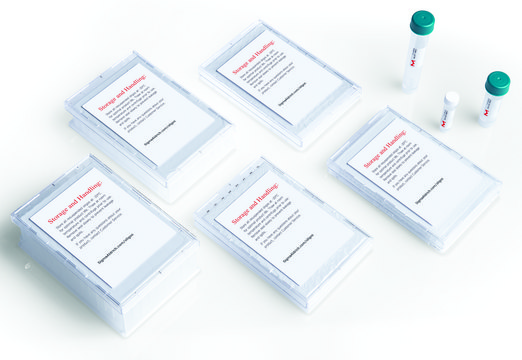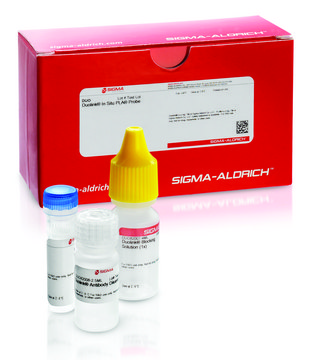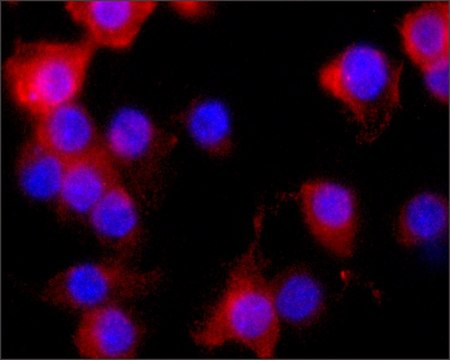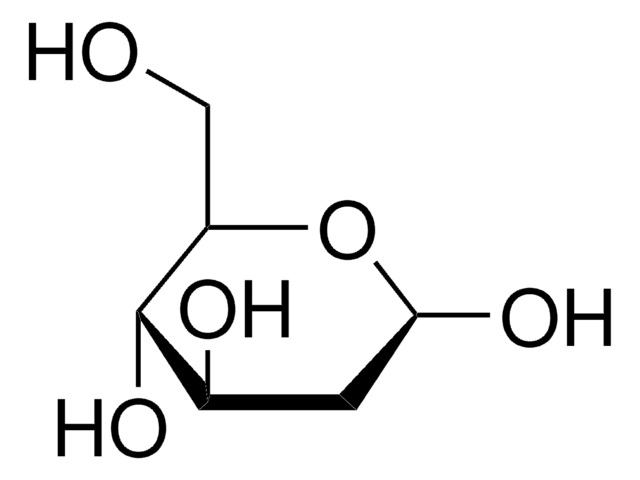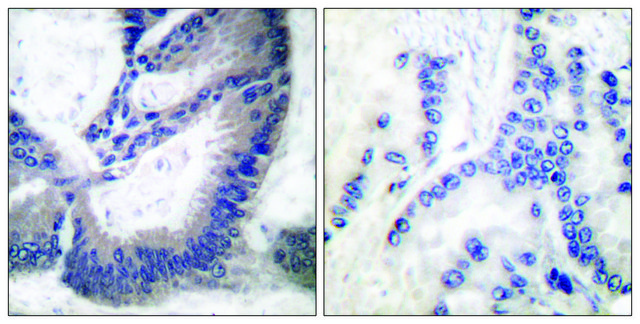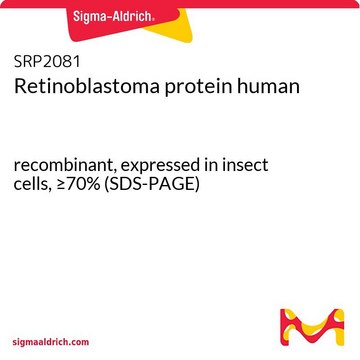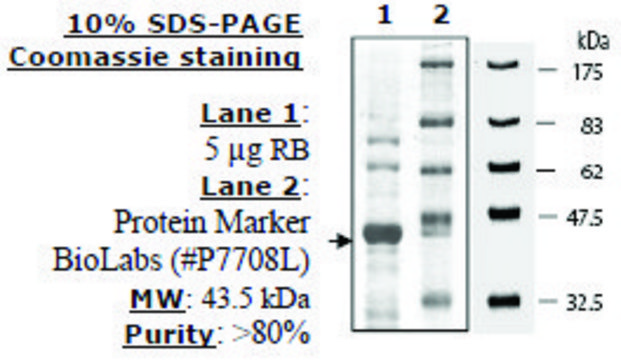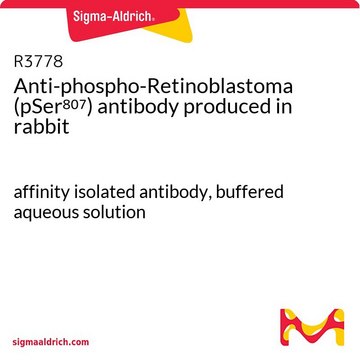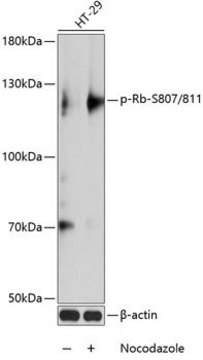Key Documents
Safety Information
N7280
Anti-Nitric Oxide Synthase, Brain (1409-1429) antibody produced in rabbit
IgG fraction of antiserum, buffered aqueous solution
Synonym(s):
Anti-bNOS
Select a Size
Select a Size
About This Item
Recommended Products
biological source
rabbit
Quality Level
conjugate
unconjugated
antibody form
IgG fraction of antiserum
antibody product type
primary antibodies
clone
polyclonal
form
buffered aqueous solution
mol wt
antigen 150-160 kDa
species reactivity
rat
technique(s)
western blot: 1:10,000 using rat brain extract
1 of 4
This Item | SRP0256 | R3778 | SAB5700366 |
|---|---|---|---|
| assay ≥70% (SDS-PAGE) | assay ≥80% (SDS-PAGE) | assay - | assay - |
| biological source human | biological source human | biological source rabbit | biological source rabbit |
| recombinant expressed in insect cells | recombinant expressed in E. coli | recombinant - | recombinant - |
| concentration 400 μg/mL | concentration >0.02 mg/mL | concentration - | concentration 4.05 mg/ml |
| form frozen liquid | form aqueous solution | form buffered aqueous solution | form buffered aqueous solution |
| mol wt ~107.5 kDa | mol wt 43.5 kDa | mol wt - | mol wt 106 |
General description
Specificity
Immunogen
Application
Biochem/physiol Actions
Physical form
Storage and Stability
Disclaimer
Not finding the right product?
Try our Product Selector Tool.
Storage Class Code
10 - Combustible liquids
WGK
WGK 3
Flash Point(F)
Not applicable
Flash Point(C)
Not applicable
Regulatory Information
Choose from one of the most recent versions:
Certificates of Analysis (COA)
Don't see the Right Version?
If you require a particular version, you can look up a specific certificate by the Lot or Batch number.
Already Own This Product?
Find documentation for the products that you have recently purchased in the Document Library.
Our team of scientists has experience in all areas of research including Life Science, Material Science, Chemical Synthesis, Chromatography, Analytical and many others.
Contact Technical Service